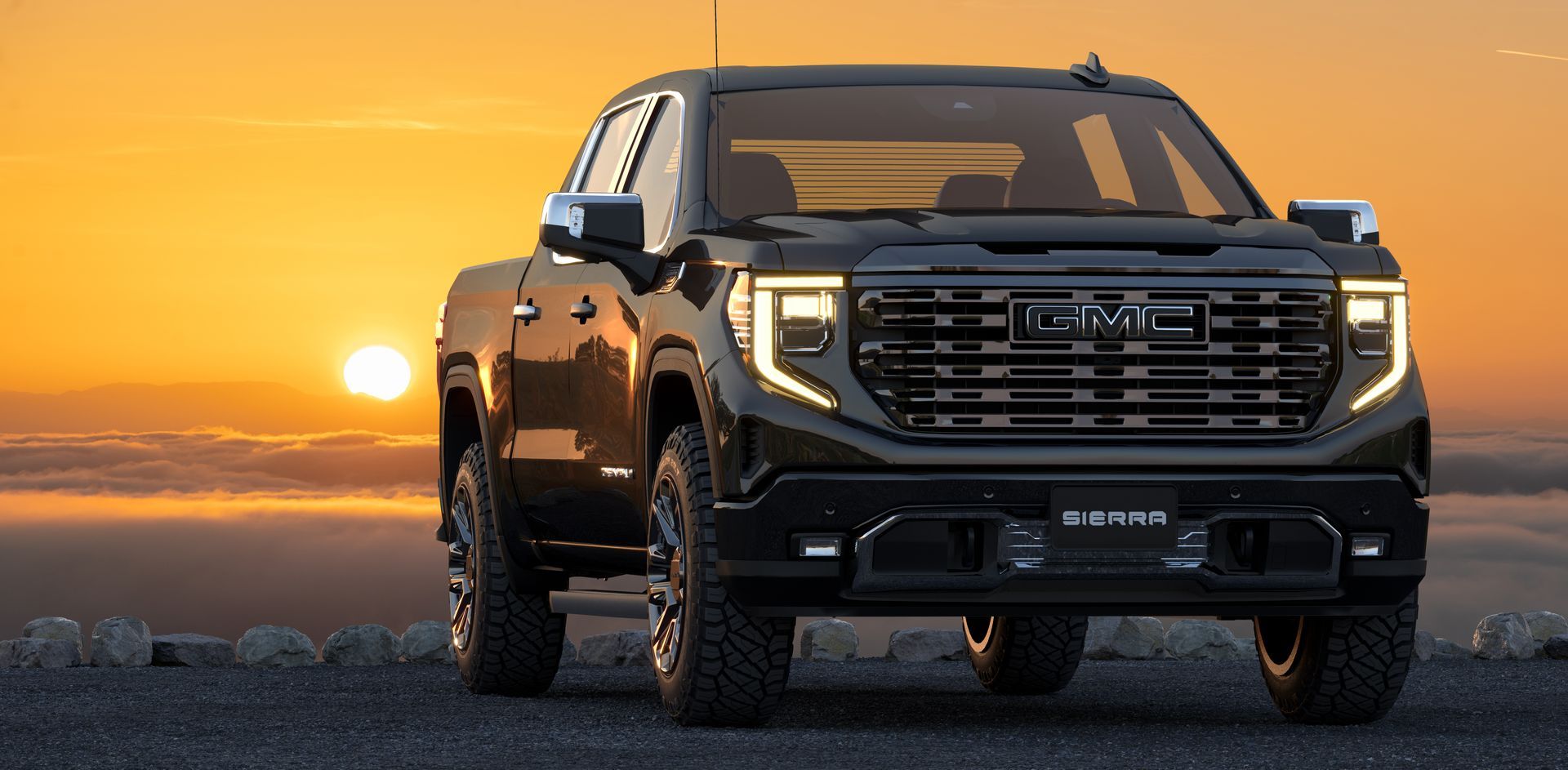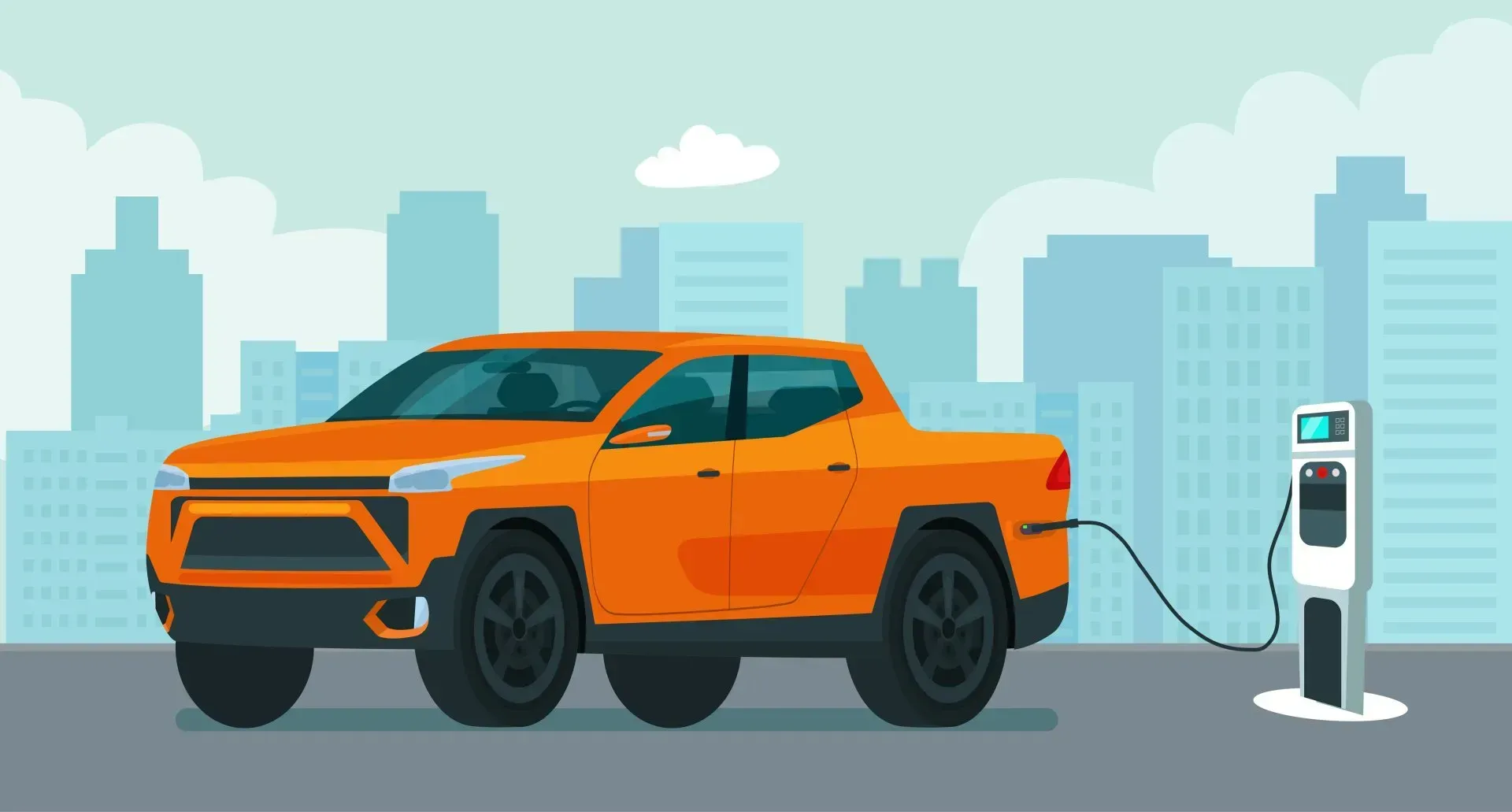Hands-Free Driving Options: What Are They and How Do They Compare?

We have all been there. Dreading that long commute to work or that anticipated drive across town. You have probably even contemplated the thought, “I just wish my car could drive itself.” Fortunately, we are living in a time when that option is finally becoming a reality.
Although you have probably already heard about the Tesla self-driving technology, it isn’t the only one! Other automakers have recently debuted their own hands-free technologies, including BlueCruise from Ford and Super Cruise from GM.
But what are the differences between these types of hands-free driving options?
Ford BlueCruise
How does BlueCruise work? The BlueCruise technology requires that the driver is alert and paying attention. Therefore, the system consists of a driver-facing camera that tracks the driver’s eyes and head position. It works in conjunction with Ford’s other driving assistance capabilities, including:
- Lane departure features that keep the vehicle centered in its lane
- Stopping and going along with traffic
- Keeping distance from other vehicles.
Currently, Ford’s BlueCruise technology only allows drivers to remove their hands from the wheel if/when they are on select divided highways. These highways are only located in North America and stretch more than 100,000 miles. These roads are known as the “Hands-Free Blue Zones” and are recognized by Ford’s GPS mapping system.
How is BlueCruise different? Ford’s self-driving technology varies from GM’s Super Cruise by implementing a hands-free mode that uses lighting and text cues instead of just colored red and green lighting. The goal is to have an effective system for those with color blindness.
GM Super Cruise
How does Super Cruise work? GM’s Super Cruise, one of the first hands-free driving systems, was released in 2018. It is designed to allow drivers to remove their hands from the wheel on approved highways. It has the ability to:
- Stay centered in the lane
- Stop and go with traffic
- Assist with lane changes
- Keep distance between other vehicles
GM’s Super Cruise is set to work on 200,000 miles of approved divided highways within the US and Canada.
How is Super Cruise different? Other than offering double the drivable highway areas, Super Cruise also boasts the ability to warn drivers when they are not paying attention.
Tesla Autopilot
How does Tesla Full-Self Driving work? Much like BlueCruise and Super Cruise, Tesla’s hands-free mode requires the driver to be attentive and aware. However, it does possess unique capabilities, including:
- Hands-free steering, braking and accelerating
- Lane changes with the push of the turn signal
- Parking assistance with the ability to summon the vehicle from a parking space
- Automatic turn signals and lane changes
- Stop sign and traffic light recognition
How is Tesla’s self-driving system different? Unlike Super Cruise and BlueCruise, Tesla’s hands-free driving is not limited to set freeways and can be used anywhere.
Are We Ready to Go Hands-Free?
With the growth in hands-free driving technology, it is no secret that drivers are becoming more interested in self-driving possibilities. Continued research and development in this technology will likely lead to greater consumer access to hands-free options soon. (In fact, if you are interested in up and coming vehicle tech, don’t forget to check our blog about Electric Pickup Trucks.)
If you’re not ready to transition to a hands-free option or you’re shopping for a more affordable vehicle, Direct Car Buying can help. You can always opt for a pre-owned vehicle that offers impressive safety features such as emergency braking, lane assist and other accident-avoidance technologies.
Washington, DC and Baltimore car shoppers seeking new vehicle should check out Direct Car Buying, powered by Easterns Automotive Group. You can browse our inventory or call us at 877-927-6093 for more information.



Get Your Next Fuel-Efficient Vehicle!
Are you in the market for a fuel-efficient car, truck or SUV? Do you want to join the millions of Americans who have gone electric? If you’re one of the many car shoppers on the lookout for fuel efficient cars, EVs and hybrids, we are here to help.

All Rights Reserved | Eastern's Automotive Group
Privacy Policy | Powered by REV77 Digital Marketing
